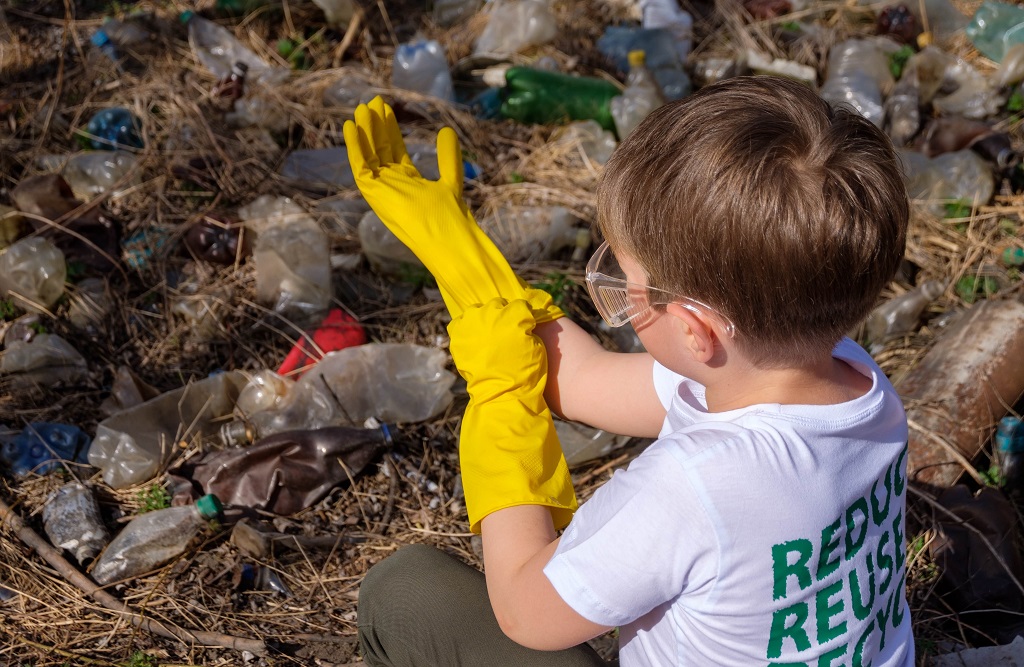Toxic Environments and Children: Understanding the Unique Risks

In today’s rapidly changing world, the well-being of our children is of utmost importance. However, as we strive to provide them with a nurturing environment, it’s essential to be aware of the potential risks posed by toxic environments. Children are particularly vulnerable to the effects of environmental hazards, and understanding the connection between toxic surroundings and their health is crucial for ensuring their proper development. In this blog, we will discuss the concept of toxic environments, exploring the unique risks they pose to children’s health, the impact of pollution on child health, and the need for restoration healthcare.
Understanding a Toxic Environment
A toxic environment encompasses various elements that can be harmful to human health, especially for vulnerable populations like children. This includes exposure to pollutants, chemicals, and other environmental hazards that can have long-lasting effects on physical and cognitive development. It is crucial to recognize the significance of addressing toxic environments to ensure the well-being of future generations.
Children’s Health Risks
Children are particularly susceptible to the adverse effects of environmental hazards due to their developing bodies and immature immune systems. Exposure to toxins can result in a range of health issues, including respiratory problems, developmental delays, and neurological disorders. Moreover, children breathe more air, drink more water, and eat more food relative to their body weight than adults, amplifying their vulnerability to environmental threats.
Environmental Hazards and Child Development
The correlation between environmental hazards and childhood development is intricate. Pollutants such as lead, mercury, and air particulate matter have been linked to cognitive and behavioral problems in children. Prenatal exposure to certain toxins can even impact a child’s neurodevelopment, potentially leading to learning disabilities and attention deficits.
Impact of Pollution on Child Health
Air pollution, a prevalent environmental hazard, poses a substantial threat to children’s health. Studies have shown that exposure to air pollutants like ozone and particulate matter can lead to respiratory problems such as asthma and other chronic lung diseases. Additionally, polluted air can impair cognitive function and may contribute to academic challenges in children.
It is not just outdoor air pollution that poses a risk; indoor air quality can also impact children’s health. Household pollutants, including tobacco smoke, mold, and certain chemicals found in cleaning products, can contribute to respiratory issues and exacerbate existing health conditions.
Restoration Healthcare: A Holistic Approach to Children’s Well-Being
In the face of these challenges, a growing movement towards restoration healthcare is gaining momentum. Restoration healthcare focuses on addressing the root causes of health issues, including those related to environmental factors. This holistic approach aims to create a healthier environment for children to grow and thrive.
Restoration healthcare involves identifying and mitigating environmental hazards, promoting clean and sustainable living practices, and advocating for policies that prioritize the well-being of children. By adopting this approach, we can work towards creating environments that support optimal health for the youngest members of our society.
Practical Steps for Creating a Healthy Environment for Children
1. Reducing Exposure to Harmful Chemicals: Implementing measures to minimize children’s exposure to harmful chemicals is essential. This includes using non-toxic cleaning products, avoiding the use of pesticides, and choosing household items that are free from harmful substances.
2. Improving Indoor Air Quality: Ensuring good indoor air quality is crucial for children’s health. Adequate ventilation, regular cleaning, and avoiding tobacco smoke are essential steps in creating a healthy indoor environment.
3. Promoting Green Spaces: Access to green spaces has been linked to improved mental and physical health in children. Supporting initiatives that create and maintain green areas in urban environments can contribute to a healthier living environment for children.
4. Advocacy for Environmental Policies: Supporting and advocating for policies that prioritize environmental health is crucial. This includes regulations on air and water quality, as well as initiatives aimed at reducing overall environmental pollution.
Protect Your Child’s Health: Schedule a Consultation Today!
As we delve deeper into the relationship between toxic environments and children’s health, it becomes evident that proactive measures are necessary to safeguard the well-being of our youngest generation. Restoration Healthcare provides a holistic framework to address the unique risks posed by environmental hazards, emphasizing the importance of creating environments that foster optimal development for children.
By understanding the impact of pollution on child health and taking practical steps to mitigate these risks, we can contribute to a healthier and more sustainable future for our children. It is our collective responsibility to advocate for policies, support initiatives, and make lifestyle choices that prioritize the well-being of children in the face of evolving environmental challenges.
Contact us at Restoration Healthcare to schedule your appointment and take the first step toward creating a healthier environment for your child. Call us at (949) 523-1987, and let our team guide you through the process of ensuring a safe and nurturing space for your child to grow, learn, and thrive. Through these efforts, we can aspire to create a world where every child has the opportunity to thrive in a safe and nurturing environment.

